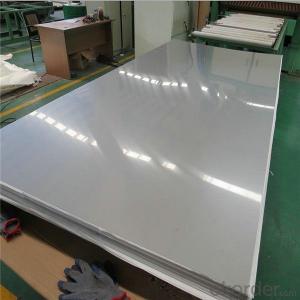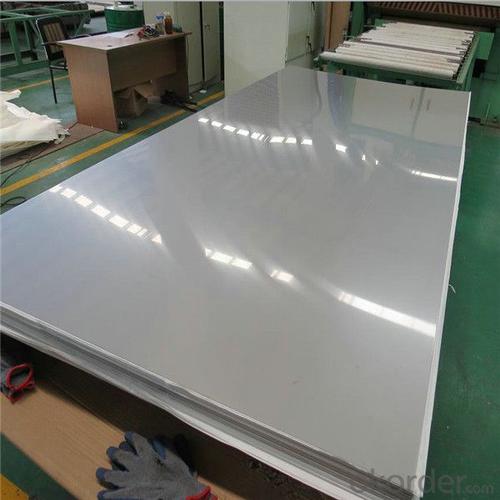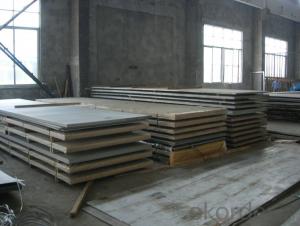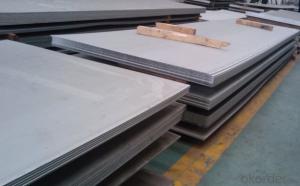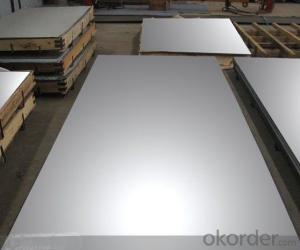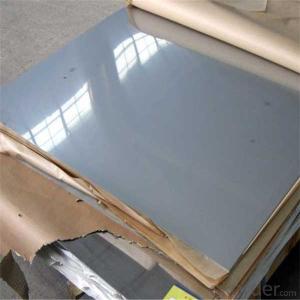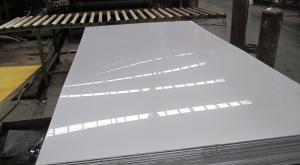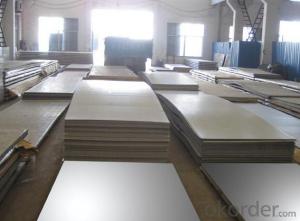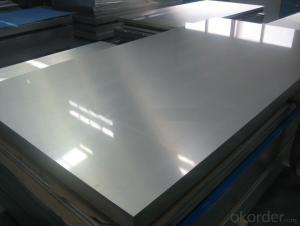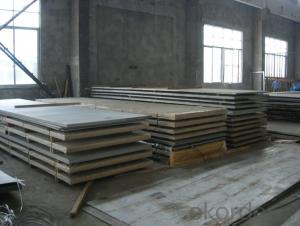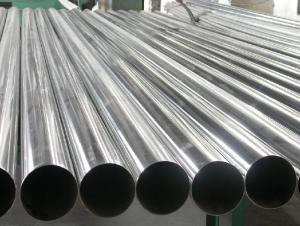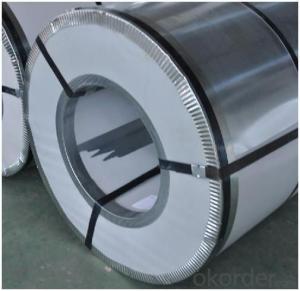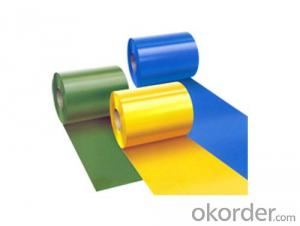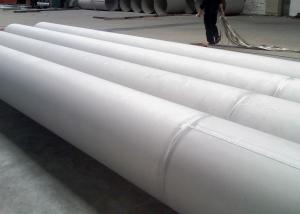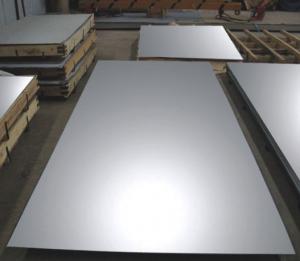stainless steel sheet 304 304L 321 316 316L 309 347H 310 310S
- Loading Port:
- Shanghai
- Payment Terms:
- TT OR LC
- Min Order Qty:
- 3 m.t.
- Supply Capability:
- 20000 m.t./month
OKorder Service Pledge
OKorder Financial Service
You Might Also Like
Specification
stainless steel sheet 304 304L 321 316 316L 309 347H 310 310S
Stainless steel sheet 310S
SS304,SS304L,SS309,SS310,SS316,SS316L
Specifications: thickness: 1 mm ~5 mm
Width: 1000-1500mm
SS304,SS304L,SS309,SS310,SS316,SS316L
Stainless steel sheet 310S
Stainless steel coils /Cold rolled stainless steel
hot rolled stainless steel/stainless steel sheets
Specifications: thickness: 1 mm ~5 mm
Width: 1000-1500 mm or any cutting width
L: coils or any cutting length.
Delivery service : 2 weeks leading time and precision cutting.
chemical composition
RADE | Chemical composition | ||||||||||
C | Cr | Ni | Mn | P | S | Mo | Si | Cu | N | Other | |
304 | ≤0.07 | 17.00-19.00 | 8.00-10.00 | ≤2.00 | ≤0.035 | ≤0.030 | - | ≤1.00 | - | - | - |
304L | ≤0.030 | 18.00-20.00 | 8.00-10.00 | ≤2.00 | ≤0.035 | ≤0.030 | - | ≤1.00 | - | - | - |
309S | ≤0.08 | 22.00-24.00 | 12.00-15.00 | ≤2.00 | ≤0.035 | ≤0.030 | - | ≤1.00 | - | - | - |
310S | ≤0.08 | 24.00-26.00 | 19.00-22.00 | ≤2.00 | ≤0.035 | ≤0.030 | - | ≤1.00 | - | - | - |
316L | ≤0.030 | 16.00-18.00 | 12.00-15.00 | ≤2.00 | ≤0.035 | ≤0.030 | 2.00-3.00 | ≤1.00 | - | - | - |
317L | ≤0.08 | 18.00-20.00 | 11.00-15.00 | ≤2.00 | ≤0.035 | ≤0.030 | 3.00-4.00 | ≤1.00 | - | - | - |
321 | ≤0.12 | 17.00-19.00 | 8.00-11.00 | ≤2.00 | ≤0.035 | ≤0.030 | - | ≤1.00 | - | - | Ti5(C%-0.02)~0.08 |
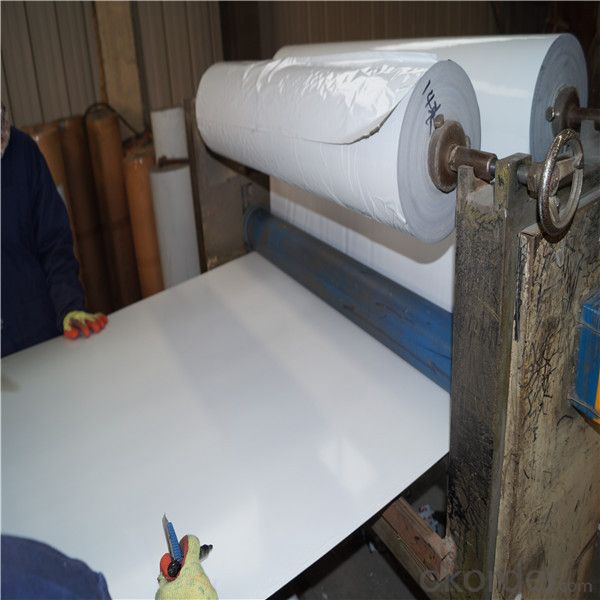
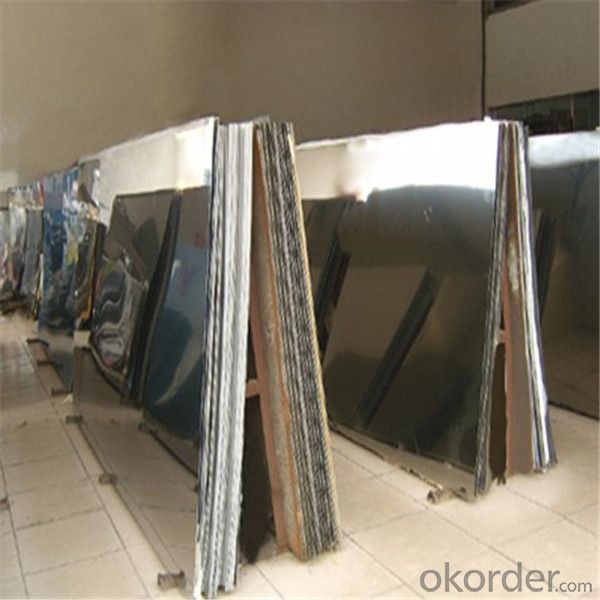
- Q: What are the different types of stainless steel sheet edges?
- There are three main types of stainless steel sheet edges: mill edge, slit edge, and deburred edge. 1. Mill Edge: This is the most common type of stainless steel sheet edge. It is produced during the manufacturing process and is characterized by a rough, unfinished edge. The mill edge is typically straight and perpendicular to the surface of the sheet. It is suitable for most applications where a smooth edge is not required. 2. Slit Edge: Slit edge stainless steel sheets are created by cutting large rolls of stainless steel into narrower widths. The edges of these sheets are smoother and more precise compared to the mill edge. Slit edge sheets are commonly used in applications where a more polished and precise edge is needed, such as in architectural finishes or fabrication processes. 3. Deburred Edge: A deburred edge is achieved by removing any sharp or rough edges from the stainless steel sheet. This is done to enhance safety and prevent injury during handling or installation. Deburring can be done through various methods, such as grinding, sanding, or using specialized tools. The resulting edge is smooth and free from any burrs or sharp protrusions. It is important to note that the choice of edge type depends on the specific application and requirements of the stainless steel sheet. Each edge type has its own advantages and limitations, and it is crucial to consider factors such as aesthetics, functionality, and safety when selecting the appropriate edge for a particular project.
- Q: Can stainless steel sheets be used for elevator mirrors?
- Yes, stainless steel sheets can be used for elevator mirrors. Stainless steel is a durable and corrosion-resistant material that can provide a sleek and modern aesthetic for elevator mirrors.
- Q: What is the yield strength of stainless steel sheets?
- The yield strength of stainless steel sheets can vary based on the specific grade and thickness of the sheets. Typically, stainless steel sheets exhibit a yield strength between 30,000 and 100,000 psi. However, it is worth noting that different grades of stainless steel possess varying yield strengths. For instance, austenitic stainless steel grades such as 304 and 316 typically exhibit higher yield strengths in comparison to ferritic or martensitic stainless steel grades. Furthermore, the yield strength of stainless steel sheets can also be influenced by their thickness, with thicker sheets generally exhibiting higher yield strengths. Ultimately, it is crucial to refer to the specific grade and thickness of the stainless steel sheets in order to accurately determine their yield strength.
- Q: Are stainless steel sheets corrosion-resistant?
- Yes, stainless steel sheets are corrosion-resistant.
- Q: How do you bend stainless steel sheets?
- Bending stainless steel sheets typically requires the use of specialized equipment such as a press brake or roller. The sheet is clamped between the tooling and then gradually bent to the desired shape. The process requires precise calculations, proper tooling, and adequate knowledge of the material's properties to avoid any damage or deformation.
- Q: 304 stainless steel plate price ups and downs affected by what factors?
- First of all, the stainless steel ingredients, that is, stainless steel raw materials. Stainless steel is a kind of high alloy steel can resist corrosion in air or chemical corrosive medium. His representative steel 13 steel 1Cr17 (430) and 18- Ocr18Ni9 chromium nickel, stainless steel is the main raw material of iron, chromium, nickel, Cr NI, the price of raw materials has decisive effect on the price of stainless steel to the rising prices of raw materials, to support the formation of stainless steel prices, anti pressure, or become power. So we need to pay attention to the stainless steel market, we must pay close attention to the global price of nickel, especially LME nickel price trend, but also on the global iron ore, molybdenum price trend and the latest developments, and other non-ferrous metal prices.
- Q: Are stainless steel sheets suitable for water tanks?
- Yes, stainless steel sheets are suitable for water tanks. Stainless steel is highly resistant to corrosion, making it ideal for storing water. It does not react with the water or contaminate it with any harmful substances. Stainless steel tanks are durable, long-lasting, and low maintenance. They can withstand high temperatures and extreme weather conditions without compromising their structural integrity. Furthermore, stainless steel is non-porous and does not provide a breeding ground for bacteria or algae growth. These qualities make stainless steel sheets an excellent choice for water tanks in various applications, including residential, commercial, and industrial settings.
- Q: Can stainless steel sheets be used for magnetic shielding?
- Yes, stainless steel sheets can be used for magnetic shielding. Stainless steel has a high permeability, which means it can redirect and absorb magnetic fields, making it an effective material for shielding against magnetic interference.
- Q: Are stainless steel sheets recyclable?
- Yes, stainless steel sheets are highly recyclable. Stainless steel is a sustainable and environmentally friendly material that can be recycled indefinitely without losing its properties. The recycling process involves collecting and sorting stainless steel scraps, melting them down, and then reusing the material to create new stainless steel products, including sheets. Recycling stainless steel sheets not only helps conserve natural resources and reduce waste but also saves energy and reduces greenhouse gas emissions associated with the production of new stainless steel.
- Q: How is stainless steel different from other types of steel?
- Stainless steel possesses distinct characteristics and composition that differentiate it from other steel types. Its composition includes a minimum of 10.5% chromium, which forms a thin, imperceptible layer of chromium oxide on the surface. This layer's exceptional resistance to corrosion grants stainless steel exceptional durability. When compared to other steel varieties, stainless steel resists rust, staining, and corrosion when exposed to moisture, air, or chemicals. This corrosion resistance makes it ideal for applications in environments notorious for harsh conditions, such as kitchen appliances, cutlery, medical equipment, and construction materials. Additionally, stainless steel offers remarkable strength and durability, making it an excellent choice for applications requiring high structural integrity. Furthermore, it exhibits heat resistance, retaining its strength and shape even at elevated temperatures. This quality renders stainless steel widely used in industries like automotive, aerospace, and construction. Furthermore, stainless steel's non-porous surface and resistance to bacterial growth contribute to its high level of hygiene. It is easy to clean and maintain, making it highly favored for food processing equipment, medical instruments, and sanitary applications. To summarize, stainless steel distinguishes itself from other steel types due to its corrosion resistance, strength, heat resistance, and hygienic properties. These attributes render it a versatile material utilized across various industries and applications, where durability, longevity, and resistance to external factors prove essential.
Send your message to us
stainless steel sheet 304 304L 321 316 316L 309 347H 310 310S
- Loading Port:
- Shanghai
- Payment Terms:
- TT OR LC
- Min Order Qty:
- 3 m.t.
- Supply Capability:
- 20000 m.t./month
OKorder Service Pledge
OKorder Financial Service
Similar products
Hot products
Hot Searches
Related keywords
